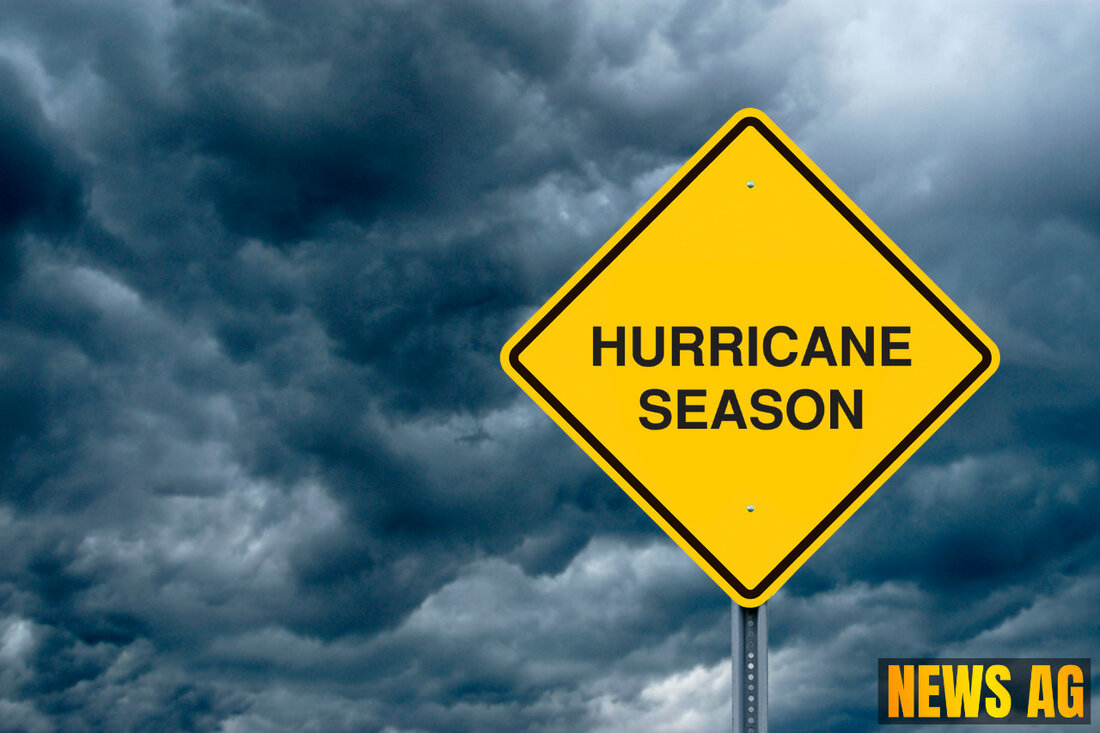Hurricane Erin Rapidly Intensifies: Category 4 Threat Looms Off Florida
Hurricane Erin intensifies into a Category 4 storm, tracking offshore Florida as August 2025 brings elevated rip current risks.

Hurricane Erin Rapidly Intensifies: Category 4 Threat Looms Off Florida
As of August 15, 2025, we stand at the precipice of hurricane season with Hurricane Erin marking its debut as the first storm of the year. This tempest is already catching attention with forecasts predicting rapid escalation into a powerful Category 4 hurricane, boasting winds that could soar to nearly 145 mph. According to mysuncoast.com, Erin is tracking well offshore of the southeastern United States and is expected to turn north early next week, leaving the Florida coastline largely unscathed.
The good news for residents along East Coast Florida is that while Hurricane Erin poses no imminent threat of rain or wind, it is expected to generate rough surf and elevated rip currents. These conditions are expected to become more pronounced early to mid next week, bringing challenges for beach-goers. Meanwhile, for our friends on the Suncoast, traditional afternoon sea breeze storms are anticipated, ensuring no direct impacts from the storm.
Forecasts and Impacts
Hurricane Erin is currently a Category 1 storm, as reported by ABC News, with maximum sustained winds of 75 mph. Tropical storm watches are already in effect for the Northern Leeward Islands, suggesting that breezy and rainy conditions will be on their way. As Erin edges closer to these regions, the storm may unleash up to 6 inches of rain by the weekend, and those in Puerto Rico should remain alert for potential flash flooding and mudslides from its outer bands.
The storm is likely to reach major hurricane status with sustained winds expected to hit 125 mph by Sunday, and it could even escalate to a Category 4 hurricane by Monday, as it travels northward. With strong consensus among meteorological models—both global and regional—that it will remain hundreds of miles offshore, the risk of direct impacts on Florida remains low. The forecast may still bring waves of 8 to 12 feet to North Carolina’s Outer Banks, along with dangerous life-threatening rip currents across the U.S. East Coast, evident from the predictions of Newsweek.
Looking Ahead
In light of this storm’s trajectory, the weekend weather forecast across the Suncoast is shaping up to be a scorcher. With highs in the mid-90s and heat index values dangerously climbing to 107–108°F, a Heat Advisory is anticipated for Saturday. Precipitation chances will vary, with a 40–50% chance along the coast, rising to 60–70% inland due to those afternoon sea breeze storms.
As we look ahead to next week, Monday may see rain chances at around 60%, followed by a typical August weather pattern of 50–60% storm coverage from Tuesday through Thursday. Inland-moving storms will continue to play a role, making the weather dynamic and worthy of attention.
Hurricane Erin serves as a reminder that while it may be tracking away from Florida, the atmospheric conditions this season are primed for activity. The National Hurricane Center has indicated an above-normal hurricane season, with August, September, and October expecting heightened activity. As they say, there’s something to be said for keeping a watchful eye during this bustling hurricane period!

 Suche
Suche
 Mein Konto
Mein Konto